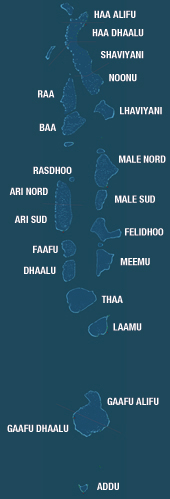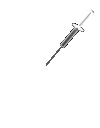www.adcdiving.be © Dirk Wuyts Add this page to your Favorites Welcome to our diving website and travel stories
Travel and diving in the MaldivesDutch - Nederlands |
 Like and share this travel story and diving with photos of the Maldives with your friends on Facebook |

















